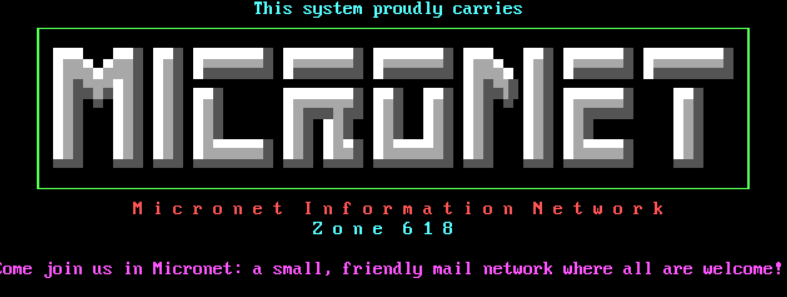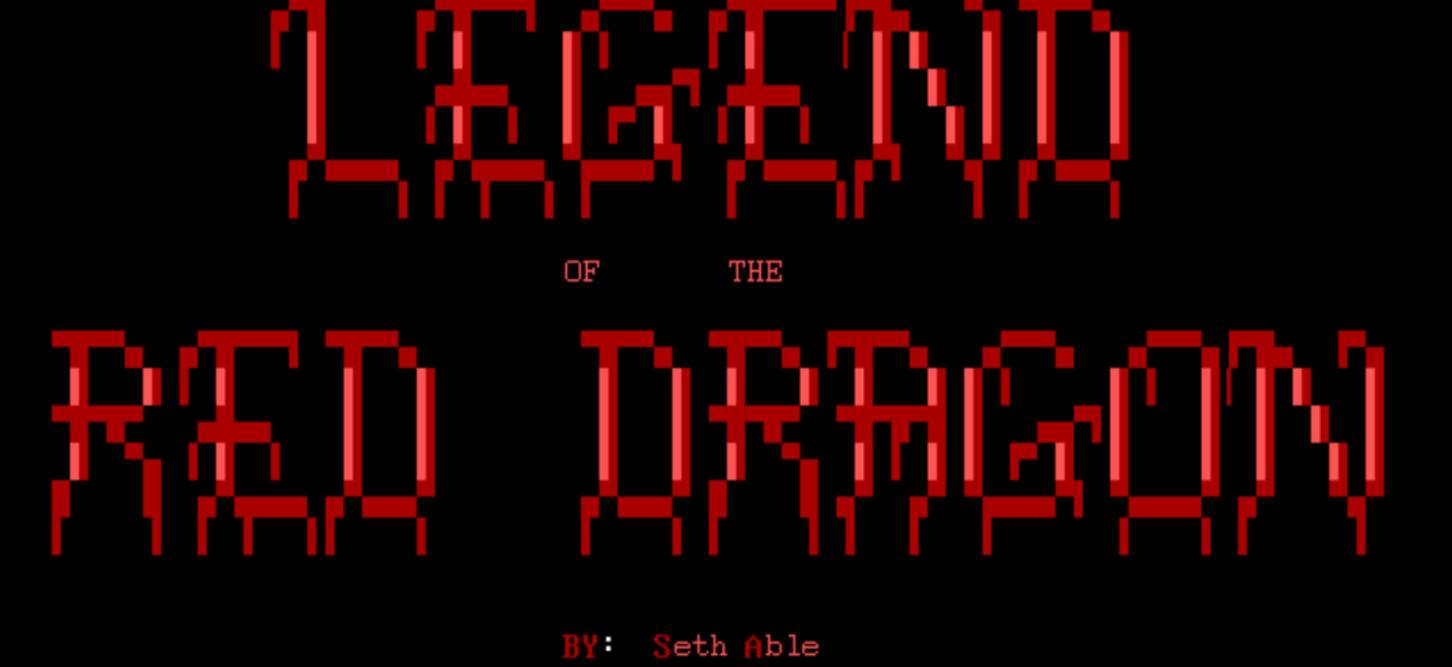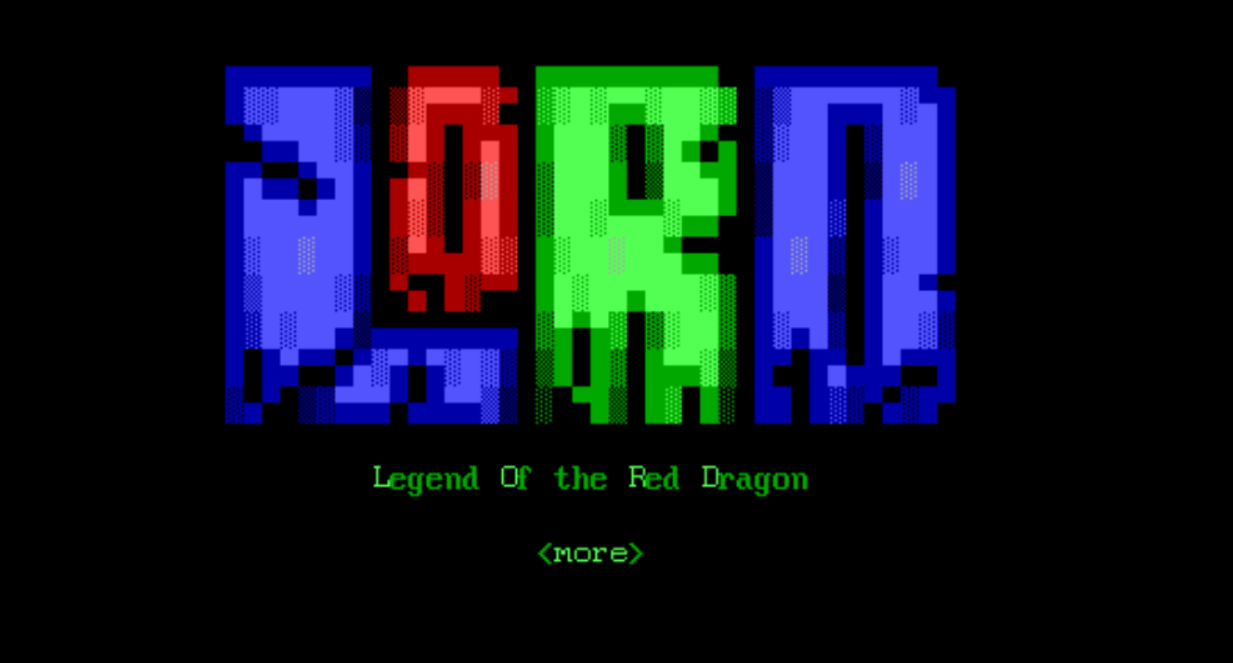Stargazing News - October 14th, 2024
From
CJ@954:895/61 to
All on Sunday, October 13, 2024 06:18:33
Monday October 14, 2024
Gibbous Moon near Saturn (all night)
After another 24 hours of easterly orbital motion, the bright gibbous moon
will move to shine several finger widths to the east of Saturn all night long on Monday, October 14. During the night, the moon will move farther from
Saturn and the diurnal rotation of the sky will lift the moon above the ringed planet before they set a few hours before dawn. Medusa's Eye Pulses
In the constellation of Perseus, Algol, also designated Beta Persei, marks the glowing eye of Medusa from Greek mythology. The star is among the most accessible variable stars for skywatchers. During a ten-hour period that repeats every 2 days, 20 hours, and 49 minutes, Algol dims noticeably and re- brightens by about a third. This happens when a fainter companion star with an orbit nearly edge-on to Earth crosses in front of its much brighter primary, reducing the total light output we perceive. Algol normally shines at
magnitude 2.1, similar to the nearby star Almach (aka Gamma Andromedae). But when fully dimmed, Algol's brightness of magnitude 3.4 is almost identical to Rho Persei (or Gorgonea Tertia or ? Per), the star sitting just two finger widths to Algol's lower right (or 2.25 degrees to the celestial south). On Monday evening, October 14 at 8:46 p.m. EDT or 00:46 UT, Algol will be at its minimum brightness in the lower part of the northeastern sky. Five hours later the star will return to full intensity from a perch nearly overhead.
(Data courtesy of Starry Night)
--- SBBSecho 3.20-Linux
* Origin: CJ's Place, Orange City FL > cjsplace.thruhere.net (954:895/61)







